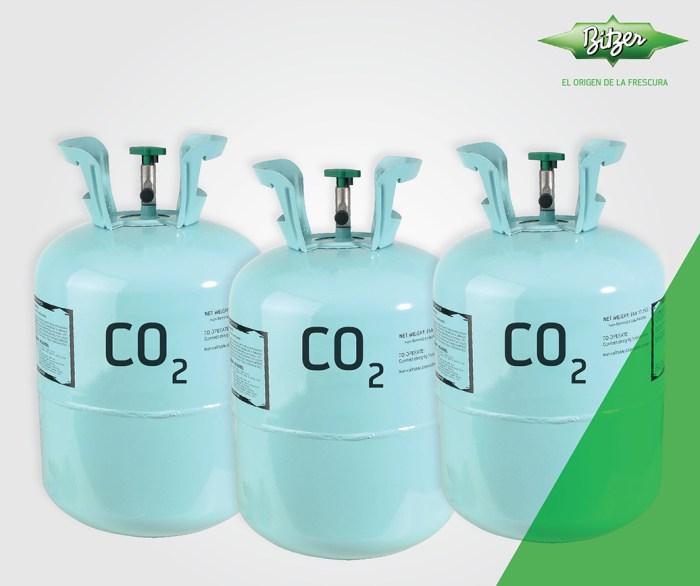Which refrigerant has the lowest GWP? This pressing question lies at the heart of our exploration into the realm of refrigerants and their environmental impact. As concerns over climate change intensify, understanding the role of refrigerants in contributing to greenhouse gas emissions becomes paramount.
In this comprehensive guide, we delve into the concept of GWP, examining its significance in mitigating climate change. We identify refrigerants with the lowest GWP currently available, exploring their chemical composition and properties. Moreover, we discuss the advantages and disadvantages associated with their use, providing a balanced perspective.
Refrigerant Global Warming Potential (GWP)
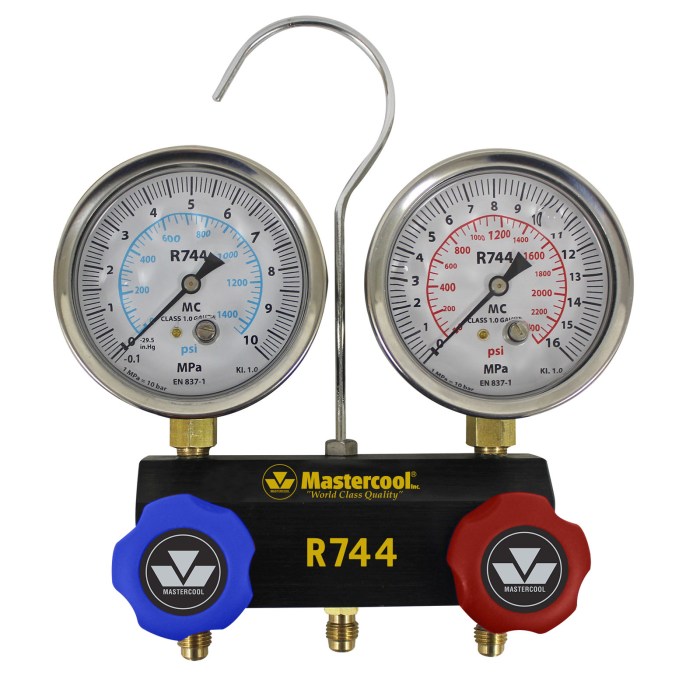
Refrigerant Global Warming Potential (GWP) is a measure of the greenhouse gas impact of a refrigerant relative to carbon dioxide (CO 2) over a 100-year period. GWP is a key factor in evaluating the environmental impact of refrigerants and is used to compare the climate change effects of different refrigerants.
High-GWP refrigerants contribute significantly to climate change by trapping heat in the atmosphere. Their use in refrigeration and air conditioning systems has been a major source of greenhouse gas emissions. As a result, there is a growing global effort to transition to low-GWP refrigerants with minimal climate change impact.
Impact of High-GWP Refrigerants
- Increased greenhouse gas emissions and contribution to climate change
- Depletion of the ozone layer, leading to increased ultraviolet radiation exposure
- Negative effects on human health, including respiratory problems and cardiovascular diseases
Low-GWP Refrigerants
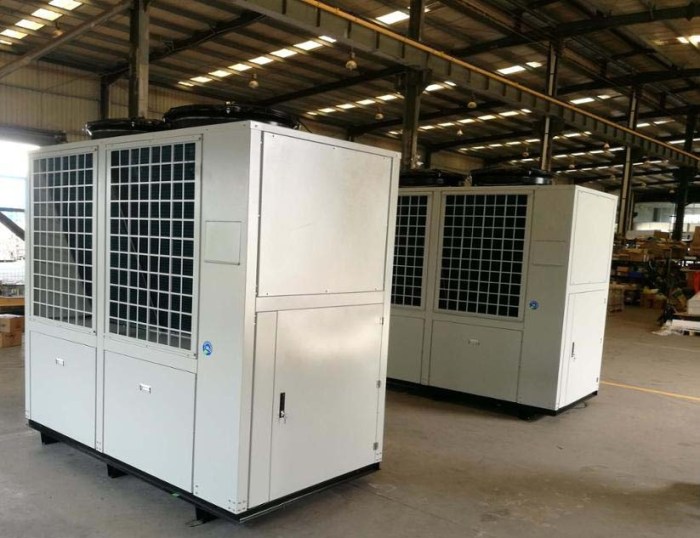
In response to the increasing awareness of the environmental impact of high-GWP refrigerants, research and development efforts have focused on identifying and developing low-GWP alternatives. These refrigerants have significantly lower global warming potential, making them more environmentally friendly.
Natural Refrigerants
Natural refrigerants, such as ammonia (NH3), carbon dioxide (CO2), and hydrocarbons (e.g., propane, butane), have extremely low GWP values. They are naturally occurring substances that do not contribute to ozone depletion or global warming.
Advantages:
- Very low GWP
- Non-toxic (ammonia) or mildly flammable (hydrocarbons)
- Good thermodynamic properties
Disadvantages:
- Toxicity and flammability concerns (ammonia and hydrocarbons)
- High operating pressures (CO2)
- Material compatibility issues (ammonia)
Hydrofluoroolefins (HFOs)
HFOs are synthetic refrigerants that have low GWP values compared to traditional HFCs. They are typically unsaturated hydrocarbons with fluorine atoms added.
Advantages:
- Low GWP (typically below 150)
- Non-flammable and non-toxic
- Good thermodynamic properties
Disadvantages:
- Slightly higher GWP than natural refrigerants
- May require system modifications for retrofitting
Hydrofluorocarbons (HFCs) with Low GWP, Which refrigerant has the lowest gwp
Some HFCs have relatively low GWP values compared to other HFCs. These include R-32, R-1234yf, and R-1234ze.
Advantages:
- Lower GWP than traditional HFCs
- Good thermodynamic properties
- Widely available
Disadvantages:
- Higher GWP than natural refrigerants and HFOs
- Mildly flammable (R-32)
- May require system modifications for retrofitting
Applications of Low-GWP Refrigerants
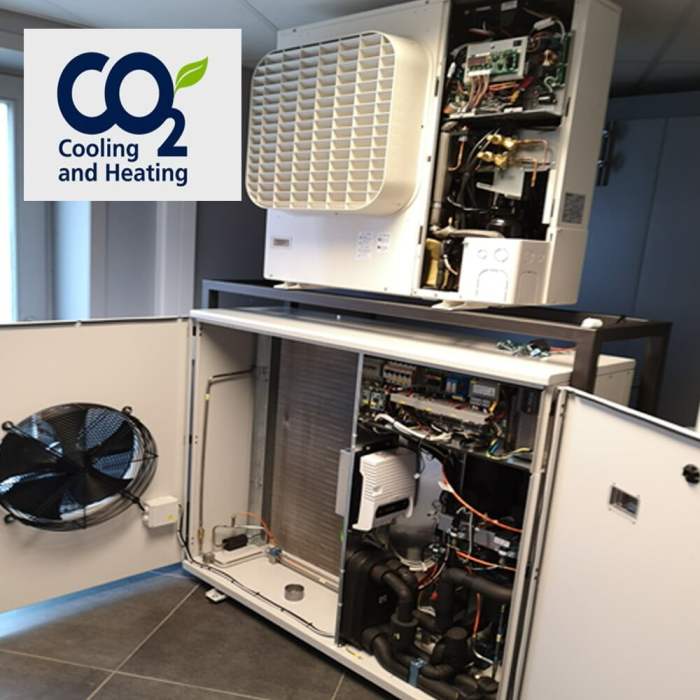
Low-GWP refrigerants are gaining widespread adoption across various industries due to their environmental benefits and compliance with regulations aimed at reducing greenhouse gas emissions.
Air Conditioning and Refrigeration
Low-GWP refrigerants are extensively used in air conditioning and refrigeration systems, including residential, commercial, and industrial applications. Examples include R-32, R-410A, and R-407C, which offer reduced GWP compared to traditional refrigerants like R-410A and R-22.
Heat Pumps
Low-GWP refrigerants are essential in heat pump technology, which provides both heating and cooling functions. Refrigerants such as R-32 and R-410A are commonly used in heat pumps, offering high efficiency and reduced environmental impact.
Automotive
In the automotive industry, low-GWP refrigerants are replacing high-GWP refrigerants in air conditioning systems. R-1234yf is a widely adopted low-GWP refrigerant that meets stringent environmental regulations and provides efficient cooling performance.
Challenges and Opportunities
The transition to low-GWP refrigerants presents challenges and opportunities. Challenges include compatibility with existing equipment, retrofitting costs, and safety considerations. However, opportunities arise in terms of regulatory compliance, environmental sustainability, and improved energy efficiency.
Regulatory Landscape
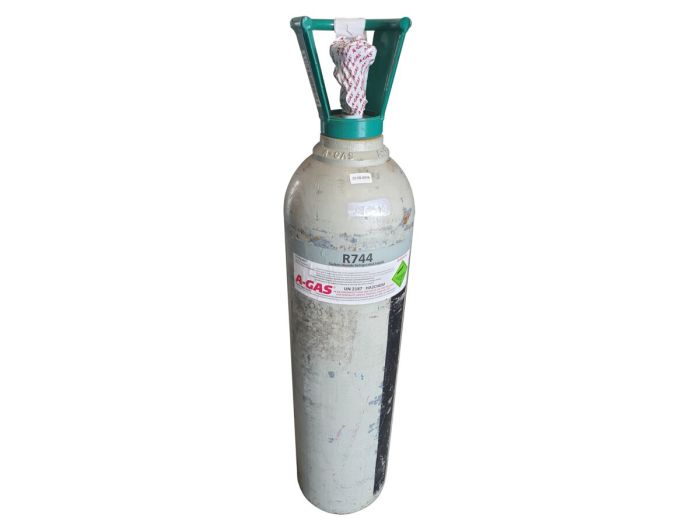
Governments worldwide are implementing regulations to reduce greenhouse gas emissions, including those from refrigerants. These regulations aim to phase out high-GWP refrigerants and promote the adoption of low-GWP alternatives.
Key regulations include the Kigali Amendment to the Montreal Protocol, the European Union’s F-Gas Regulation, and the US Environmental Protection Agency’s Significant New Alternatives Policy (SNAP) program.
Kigali Amendment
- International agreement to phase down the production and consumption of HFCs, which have high GWP.
- Aims to reduce HFC consumption by 85% by 2036.
European Union’s F-Gas Regulation
- Phased out high-GWP refrigerants in new equipment, with a focus on HFCs.
- Introduced a quota system to limit the use of high-GWP refrigerants in existing equipment.
US EPA’s SNAP Program
- Evaluates and approves new refrigerants for use in the US.
- Sets limits on the GWP of refrigerants used in specific applications.
These regulations are driving the transition to low-GWP refrigerants. Manufacturers are developing and marketing new refrigerants with lower GWP, and end-users are increasingly adopting these alternatives to comply with regulations and reduce their environmental impact.
Future Trends
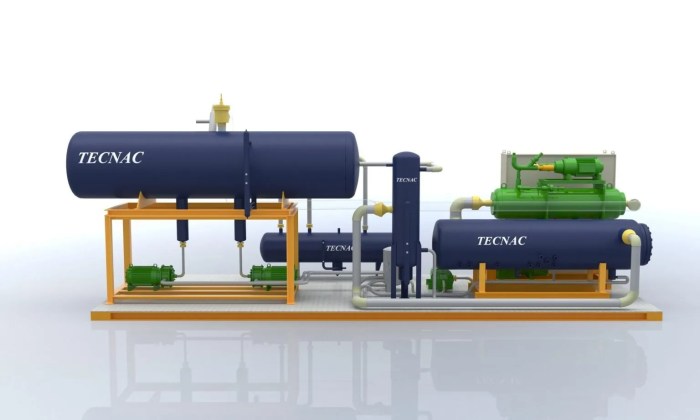
The transition to low-GWP refrigerants is expected to continue in the coming years, driven by regulatory mandates and consumer demand for more sustainable products. Several key trends are likely to shape the future of refrigerant development and adoption:
Increased adoption of natural refrigerants:Natural refrigerants, such as ammonia, carbon dioxide, and hydrocarbons, have zero or very low GWP and are becoming increasingly popular as alternatives to synthetic refrigerants. They are expected to play a significant role in the future of refrigeration, particularly in large-scale applications such as supermarkets and industrial refrigeration.
Emerging technologies and innovations
Several emerging technologies and innovations are expected to contribute to the development and adoption of low-GWP refrigerants. These include:
- Zeotropic refrigerant blends:Zeotropic refrigerant blends are mixtures of two or more refrigerants with different boiling points. They offer advantages such as improved energy efficiency and reduced refrigerant charge, making them suitable for a wide range of applications.
- Microchannel heat exchangers:Microchannel heat exchangers are compact and efficient heat exchangers that can be used with low-GWP refrigerants. They offer advantages such as reduced refrigerant charge and improved heat transfer performance.
- Variable speed compressors:Variable speed compressors can adjust their speed to match the cooling demand, resulting in improved energy efficiency and reduced refrigerant charge.
Role of research and development
Research and development will play a critical role in driving the transition to a low-GWP future. Continued research is needed to develop new low-GWP refrigerants, improve the performance of existing refrigerants, and develop new technologies and innovations that support the adoption of low-GWP refrigerants.
Essential FAQs: Which Refrigerant Has The Lowest Gwp
What is Global Warming Potential (GWP)?
GWP is a measure of the potential of a greenhouse gas to contribute to global warming. It compares the warming effect of a gas to that of carbon dioxide over a specific period, typically 100 years.
Why is reducing GWP important?
Reducing GWP is crucial because greenhouse gases trap heat in the atmosphere, leading to climate change and its associated impacts, such as rising sea levels, extreme weather events, and disruptions to ecosystems.
What are the advantages of using low-GWP refrigerants?
Low-GWP refrigerants have a significantly lower potential to contribute to global warming compared to high-GWP refrigerants. They help reduce greenhouse gas emissions and mitigate the effects of climate change.
What are the challenges associated with transitioning to low-GWP refrigerants?
Transitioning to low-GWP refrigerants requires careful planning and investment in new technologies. Some low-GWP refrigerants may have different properties and require modifications to existing equipment.
